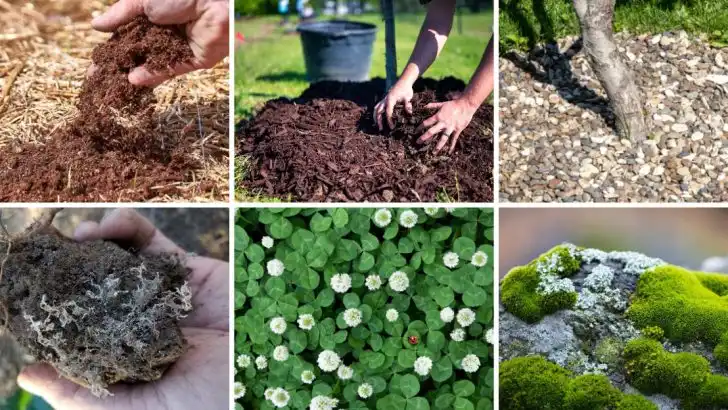If you’ve ever struggled with keeping your soil from drying out during those hot, dry days, you’re not alone. The good news is that there are plenty of plants, often considered “uninvited guests,” that can help protect your soil naturally. These ground covers, weeds, and other hardy plants act as a shield, locking in moisture and preventing the soil from becoming too dry, especially in areas where water conservation is key.
While they might not always be the first choice for your garden, these plants can be surprisingly effective at reducing water loss, keeping your soil cool, and even providing a little extra greenery. Some are excellent at crowding out other invasive species, while others offer unique textures and colors to complement your landscape. If you’re looking for a more sustainable way to manage your garden, these natural soil protectors could be the perfect solution.
Earthworms
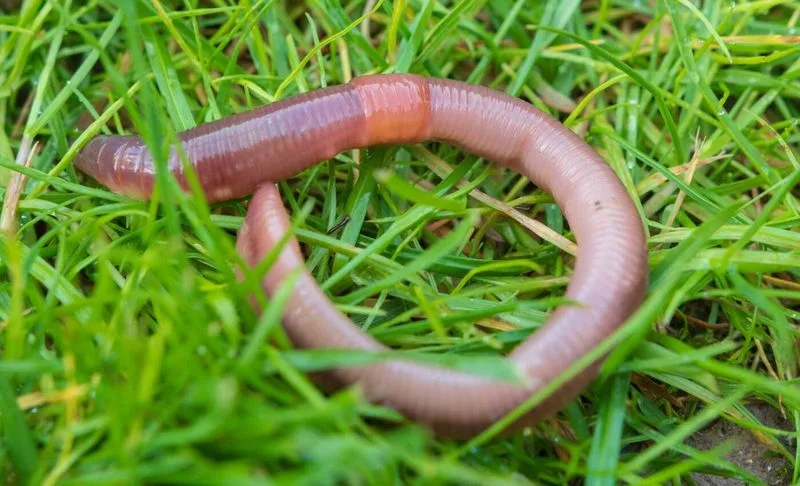
Earthworms, often called the gardeners’ best friends, are crucial for healthy soil. With their constant burrowing, they aerate the soil, allowing water to penetrate more efficiently. This natural tunneling system helps prevent the soil from drying out by improving its structure and water retention capabilities.
Their presence also enhances nutrient availability as they break down organic matter, making nutrients more accessible to plants. Imagine a team of diligent workers tirelessly enriching the earth, ensuring your garden flourishes with life.
Did you know? Earthworms can move through soil at an impressive rate, processing up to 30 times their weight in organic material daily.
Mulch
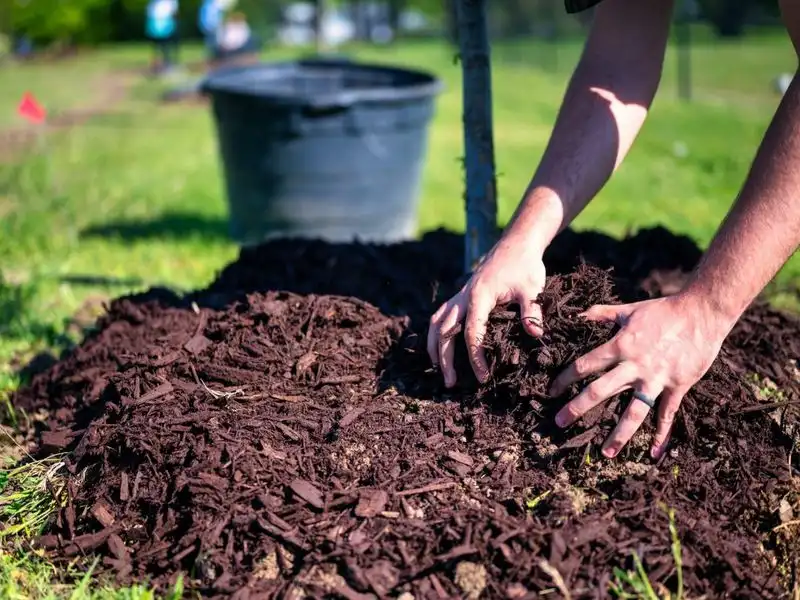
Mulch acts like a protective blanket for your soil, locking in moisture and warding off dry spells. Whether organic or inorganic, mulch insulates the soil, keeping it cool during hot days and warm during cooler nights.
This simple addition reduces evaporation and minimizes soil erosion, making it an essential ally in combating dryness. Picture it as a cozy layer that not only conserves water but also suppresses weeds and adds aesthetic value to your garden.
Fun fact: Organic mulch, such as wood chips or straw, gradually breaks down, enriching the soil with nutrients over time.
Mycorrhizal Fungi
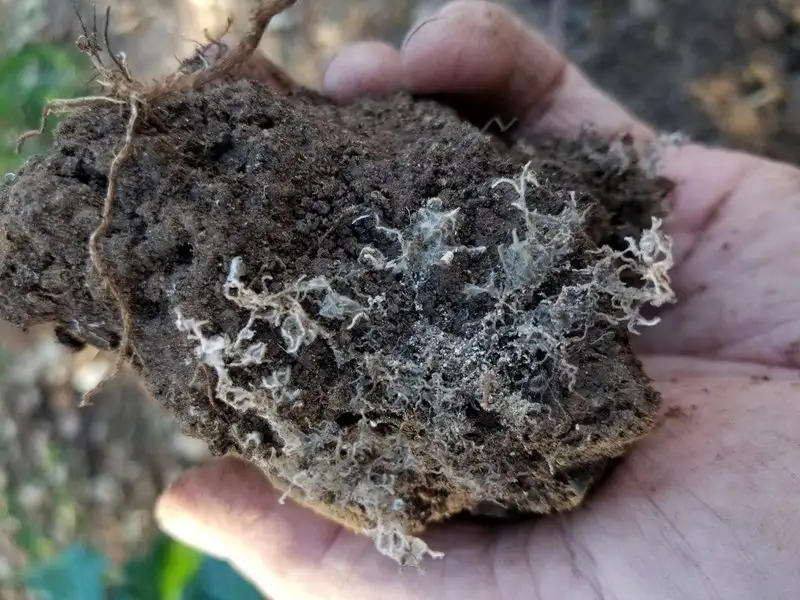
Mycorrhizal fungi form a symbiotic relationship with plant roots, creating an underground network that aids in water and nutrient absorption. These fungi extend the root system’s reach, allowing plants to access water more efficiently, especially in dry conditions.
Think of it as a hidden support system where both the fungi and plants benefit, enhancing drought resistance. This partnership transforms the soil into a resilient powerhouse, ready to combat dryness.
Intriguingly, this relationship is ancient, with evidence dating back millions of years, showing how nature’s cooperative strategies have evolved and thrived.
Clover
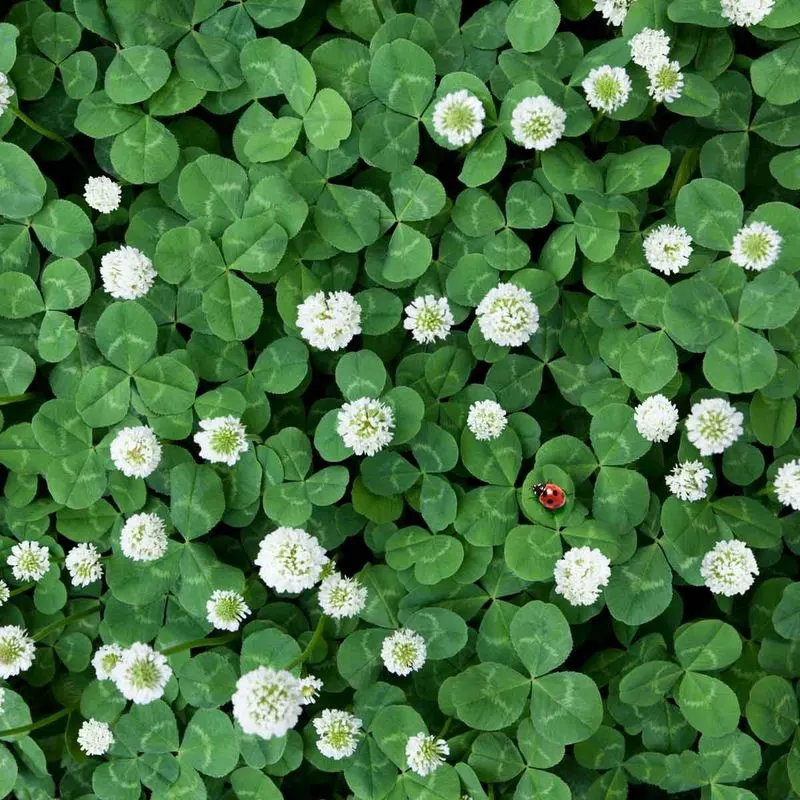
Clover is more than just a lucky charm; it’s a fantastic ground cover that shields the soil from drying out. Its dense growth habit helps retain moisture by shading the soil and reducing evaporation.
Clover also enriches the soil with nitrogen, naturally fertilizing your garden. Imagine a green carpet that not only conserves water but also boosts soil fertility effortlessly.
An added bonus? Clover can help suppress weeds, making it a multifunctional ally in your gardening endeavors. With its charming presence, your garden remains vibrant and resilient.
Moss
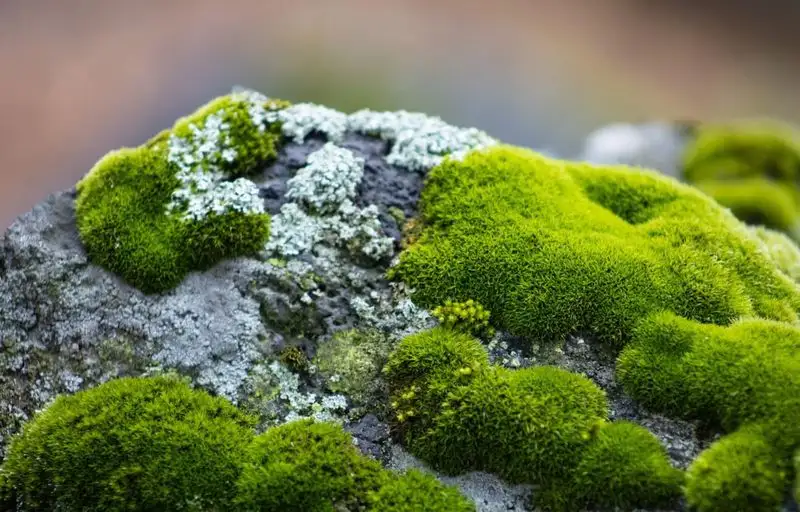
Moss might seem like a mere forest floor decoration, yet it plays a pivotal role in moisture retention. Its sponge-like structure absorbs and holds water, preventing soil from drying out.
This verdant carpet thrives in shady, moist environments, making it ideal for areas where traditional plants struggle. Picture a lush, emerald blanket that softens the landscape while keeping your soil hydrated.
Fun fact: Moss has been around for over 350 million years, demonstrating its resilience and adaptability in various climates.
Compost
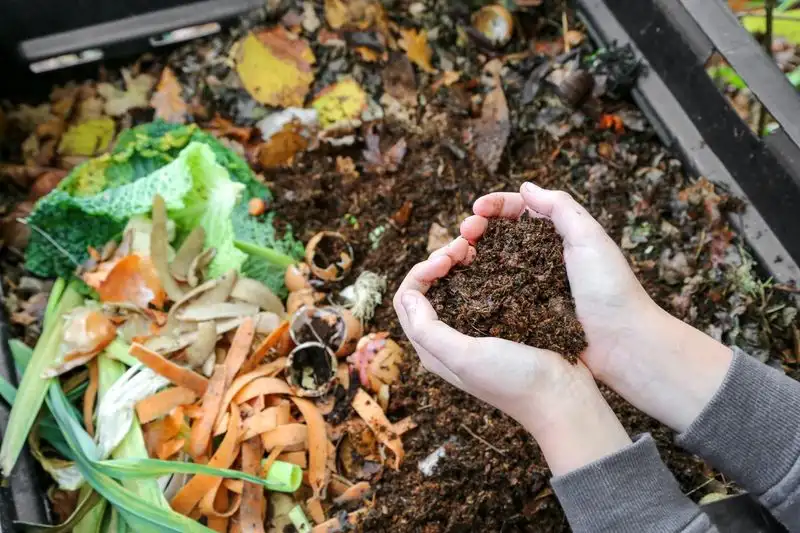
Compost is nature’s recycling system, turning kitchen scraps into rich, moisture-retaining soil. Adding compost to your garden enhances soil structure, increasing its ability to hold water.
This organic matter acts like a sponge, preventing soil from drying out and providing a continuous supply of nutrients. Imagine transforming waste into a valuable resource that breathes new life into your garden.
Did you know? Composting not only conserves water but also reduces greenhouse gases by diverting organic waste from landfills.
Perlite
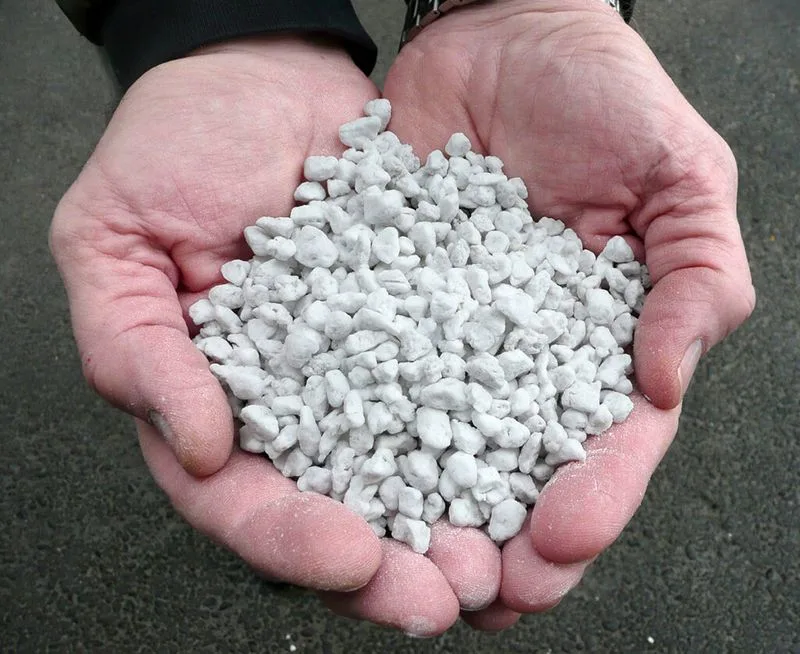
Perlite, known for its lightweight, porous nature, is a fantastic soil amendment. It traps moisture within its air-filled cavities, ensuring the soil remains hydrated.
Incorporating perlite into your soil mix boosts aeration and drainage, making it perfect for water-sensitive plants. Think of it as little pillows of air that provide just the right environment for roots to flourish.
Fun fact: Perlite is a form of volcanic glass that expands when heated, transforming into the useful gardening component we know today.
Peat Moss
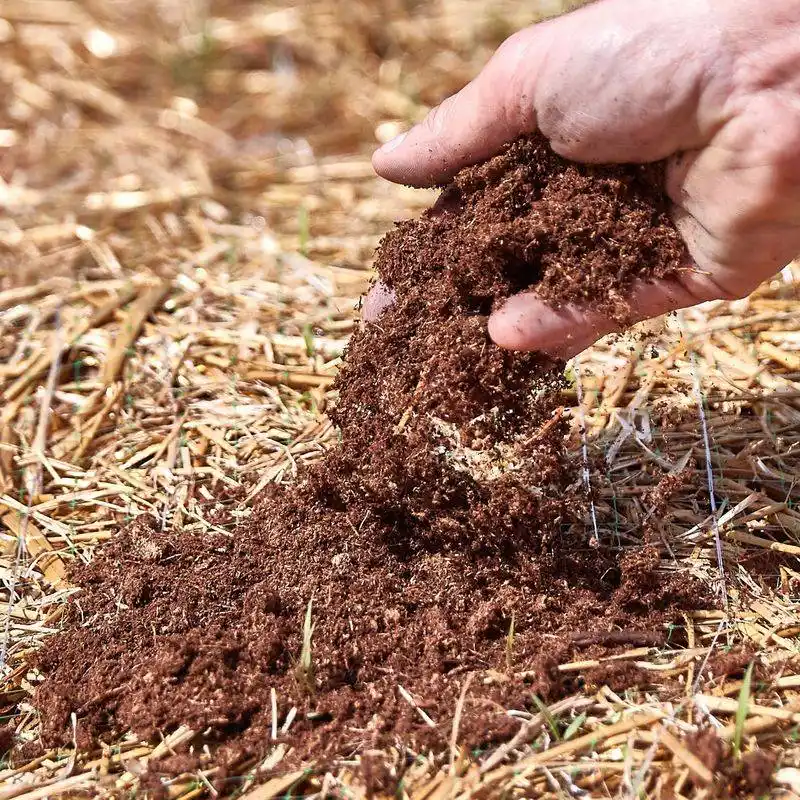
Peat moss is a gardener’s secret weapon in moisture retention. Its fibrous structure absorbs water like a sponge, keeping the soil consistently moist.
Used as a soil amendment, peat moss improves soil texture and aeration, making it easier for roots to grow. Picture a soft, fibrous blanket that envelops your plants’ roots, ensuring they remain hydrated.
However, it’s important to use peat moss sustainably, as its extraction can impact natural ecosystems. Always look for environmentally friendly sources to preserve this valuable resource.
Bark Chips
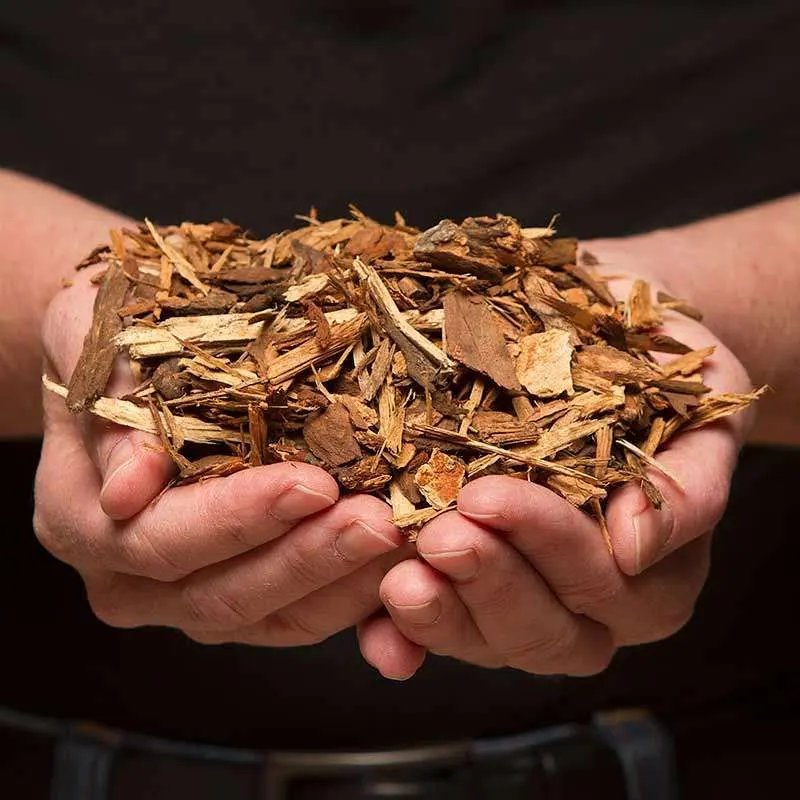
Bark chips serve as a decorative and functional mulch, locking in moisture while adding visual interest to your garden. These natural nuggets reduce evaporation and suppress weeds, creating a healthier environment for plants.
Picture a garden path lined with rustic bark chips, offering both aesthetic charm and practical benefits. This simple addition provides a shield against harsh sun and helps maintain soil temperature.
Did you know? As bark chips break down, they enrich the soil with organic matter, further enhancing its water-retention capabilities.
Woodlice
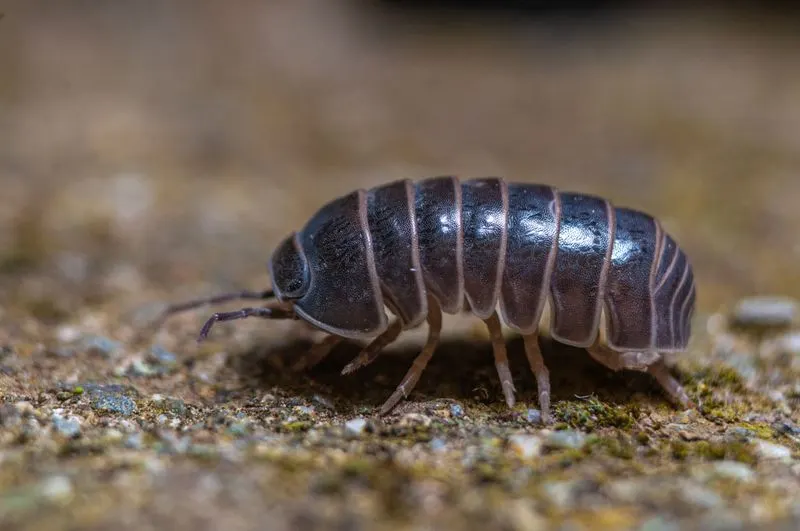
Woodlice, those small, armored creatures, are more than just harmless garden dwellers. They play a vital role in breaking down organic matter, enriching the soil with nutrients.
By consuming decaying plant material, they enhance soil structure, increasing its ability to retain moisture. Think of them as nature’s recyclers, quietly working to improve your soil’s health.
Fun fact: Despite their name, woodlice aren’t insects but crustaceans, more closely related to shrimp and crabs! Their presence in your garden signifies a thriving ecosystem.
Cover Crops
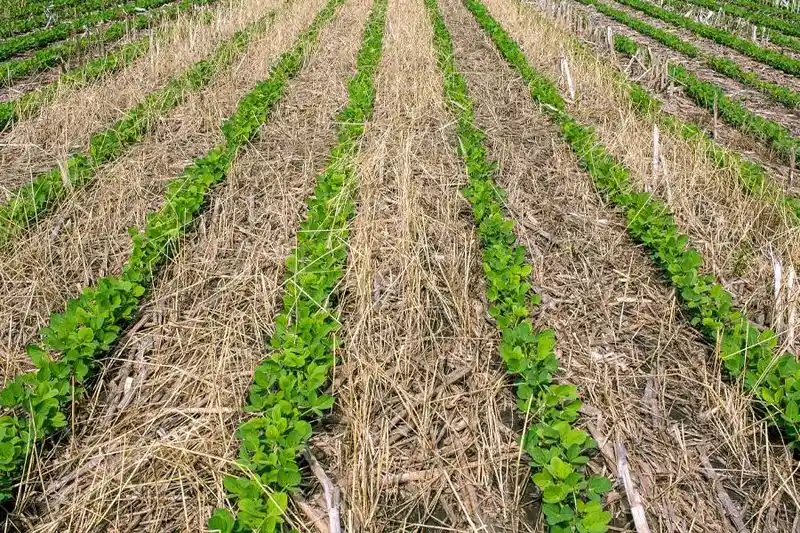
Cover crops, like clover and rye, are unsung heroes in soil conservation. Their thick foliage shields the soil from drying winds and harsh sun, preserving moisture.
These crops also improve soil fertility, fixing nitrogen and increasing organic matter. Picture a field teeming with life, where every plant plays a part in nurturing the earth.
By planting cover crops, you create a self-sustaining system that enhances soil health and reduces the need for chemical fertilizers. It’s a win-win for your garden and the environment.
Leaf Litter
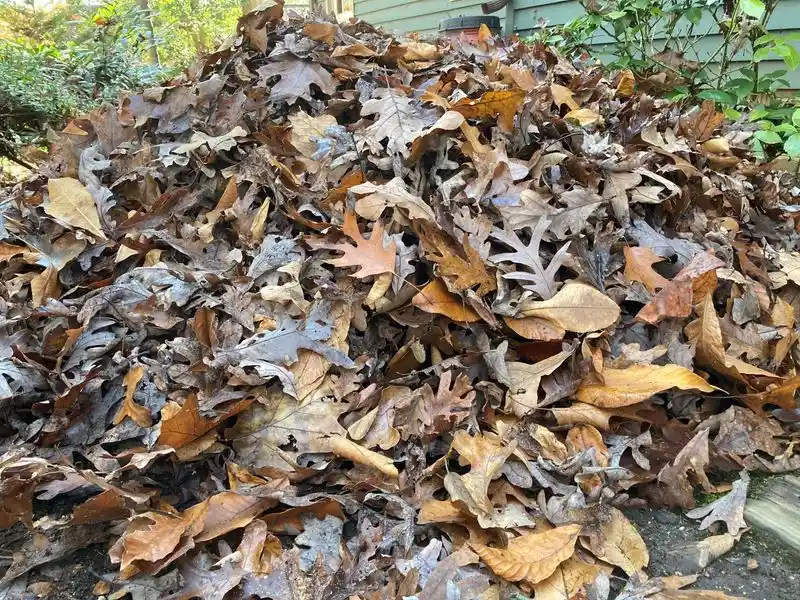
Leaf litter, the layer of fallen leaves on the forest floor, acts as nature’s mulch, retaining moisture and enriching the soil. It creates a microenvironment where moisture is conserved, and beneficial organisms thrive.
Imagine walking through a forest, crunching leaves beneath your feet, knowing they’re creating a vibrant ecosystem. Leaf litter provides essential nutrients, promoting healthy soil structure.
Did you know? This natural process of leaf decay is crucial for carbon cycling, supporting a balance in our planet’s ecosystem.
Straw Mulch
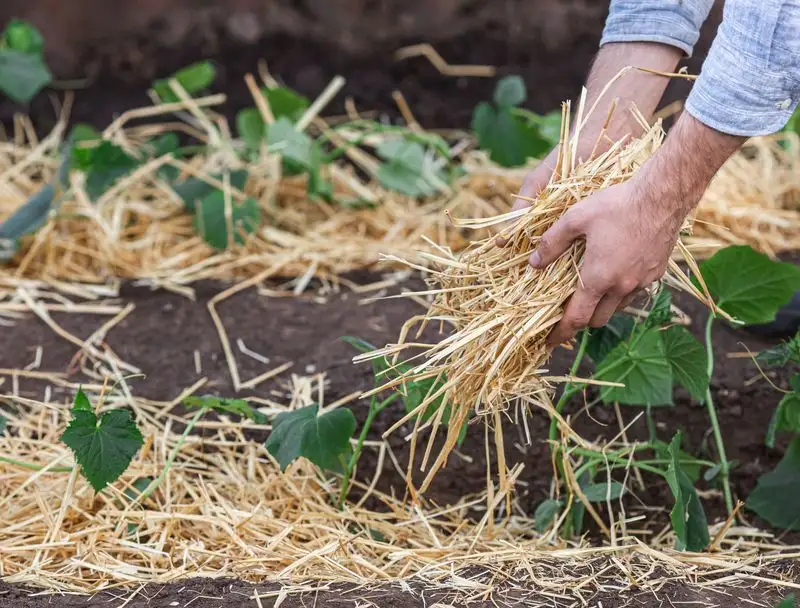
Straw mulch is a gardener’s ally in moisture retention. Laid over garden beds, it reduces evaporation and keeps the soil cool.
This golden layer also suppresses weeds, making it easier for your plants to thrive. Picture a sunlit garden, where straw mulch enhances both beauty and soil health.
Fun fact: Straw mulch is particularly beneficial for vegetable gardens, as it prevents soil-borne diseases by reducing soil splatter onto plant leaves.
Rock Mulch
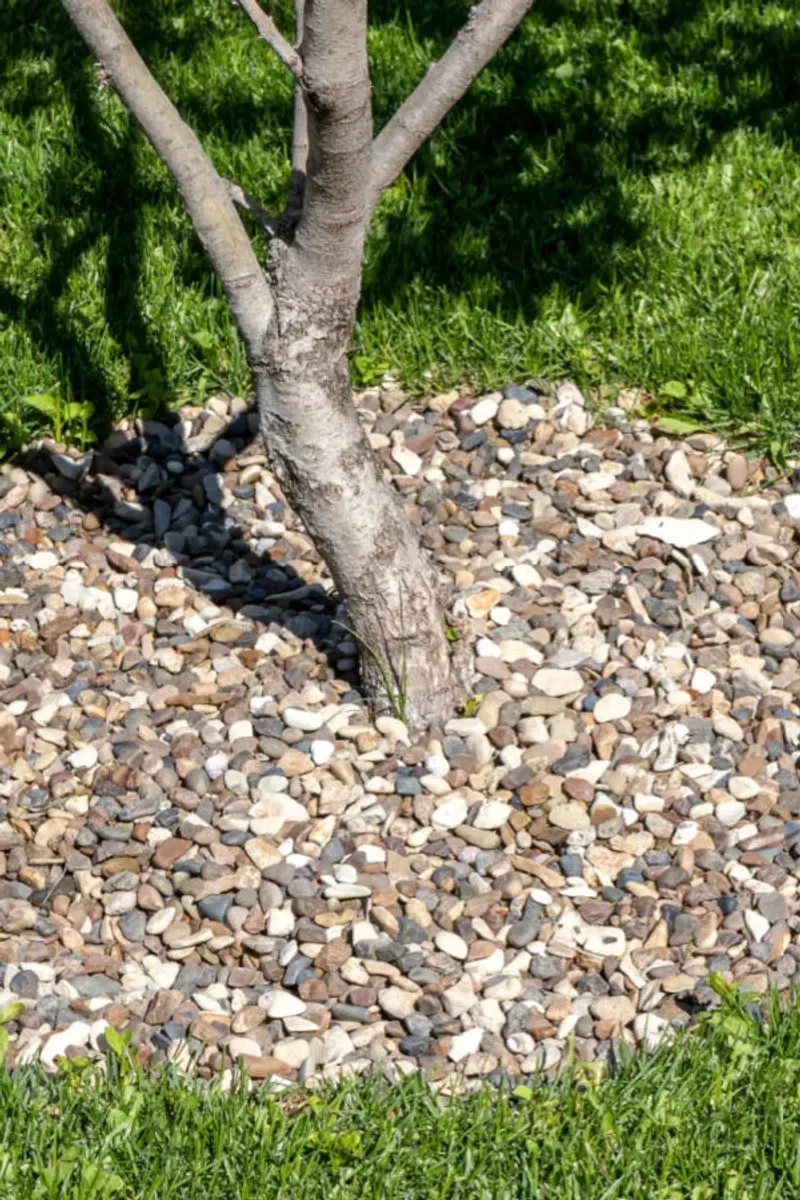
Rock mulch, unlike organic options, offers a low-maintenance solution for moisture retention. Its thermal properties help regulate soil temperature, reducing evaporation rates.
Imagine a garden designed with rock mulch, where each stone adds aesthetic value while protecting the soil. This durable mulch is perfect for arid landscapes and complements drought-resistant plants.
Although rock mulch doesn’t add nutrients, it provides long-lasting coverage, making it an ideal choice for xeriscaping and water conservation efforts.
Sphagnum Moss
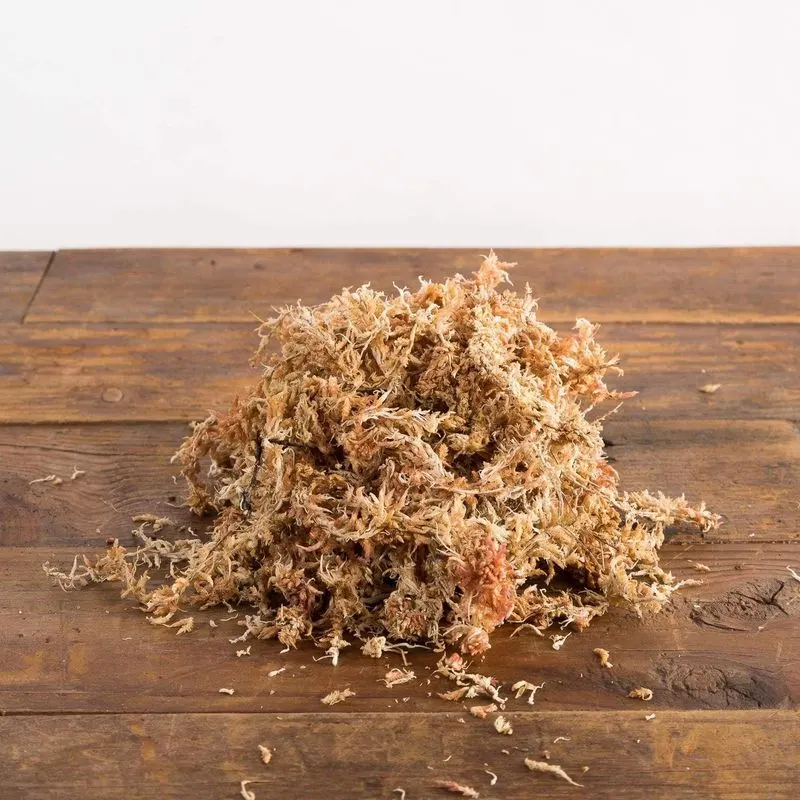
Sphagnum moss is nature’s very own sponge, capable of holding up to 20 times its weight in water. This remarkable ability makes it a valuable resource for moisture retention.
Often used in hanging baskets and garden beds, sphagnum moss ensures soil remains consistently moist, benefiting water-sensitive plants. Picture a lush, green cushion that nurtures your plants from beneath.
Did you know? Sphagnum moss has antibacterial properties, making it useful in traditional medicine for wound dressing.
Vermiculite
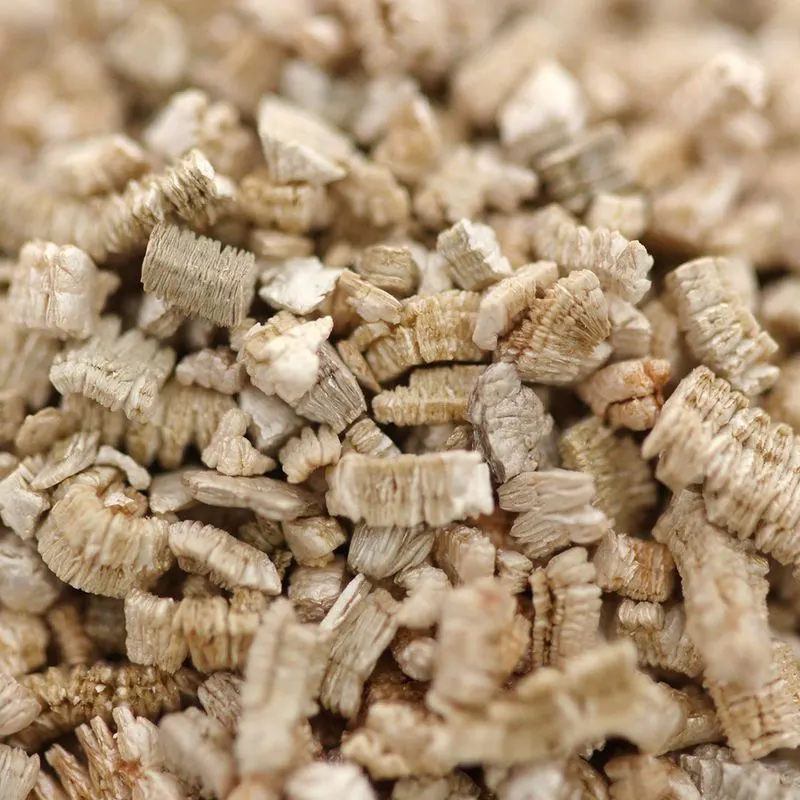
Vermiculite, with its unique ability to expand when heated, is an excellent soil amendment for moisture retention. It traps water within its layers, ensuring soil remains hydrated.
This lightweight mineral enhances aeration and drainage, creating an ideal environment for plant roots. Imagine a golden, flaky substance that transforms your soil into a water-retentive powerhouse.
Fun fact: Vermiculite is a naturally occurring mineral, mined and processed for use in horticulture and construction industries worldwide.
Pine Needles
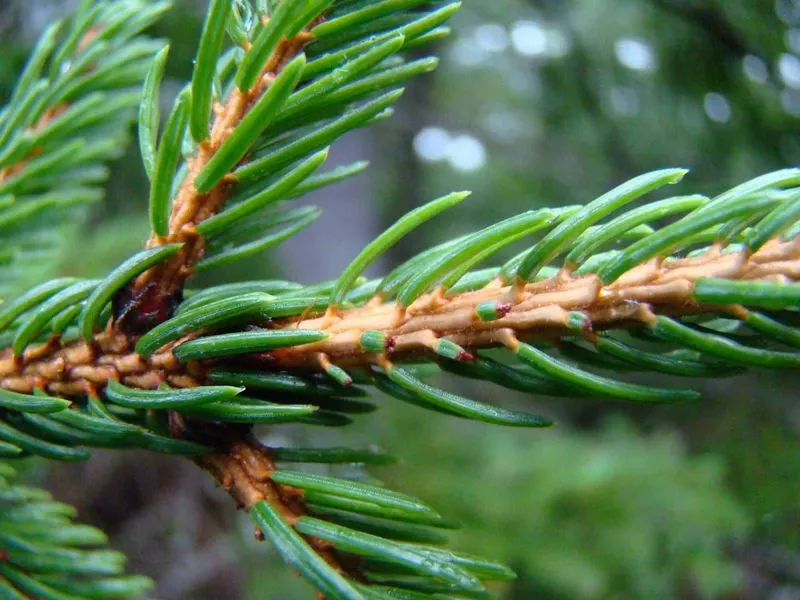
Pine needles, often overlooked, are a superb mulch for moisture retention. Their needle-like structure allows water to penetrate while reducing evaporation.
Spread a layer of pine needles over your garden beds, and watch as they create a breathable barrier against dryness. Imagine a forest floor, rich with needles, nurturing the earth beneath.
Did you know? Pine needles slowly acidify the soil, making them ideal for acid-loving plants like blueberries and azaleas.
Coconut Coir
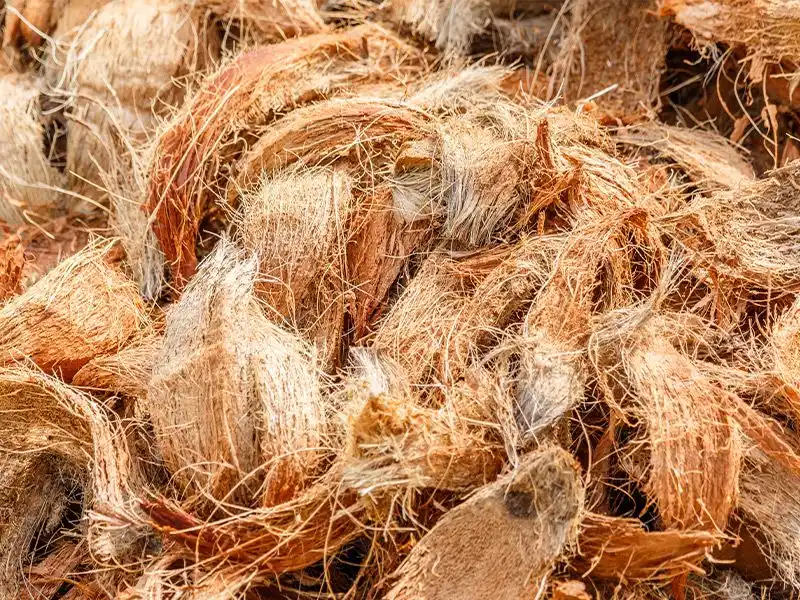
Coconut coir, derived from coconut husks, is a sustainable alternative to peat moss for moisture retention. Its fibrous structure holds water effectively, ensuring your plants remain hydrated.
Incorporate coconut coir into your soil mix, and enjoy the benefits of improved aeration and drainage. Picture a tropical garden, where every plant thrives thanks to this eco-friendly addition.
Fun fact: Coconut coir regenerates quickly and is often used in gardening as a renewable resource, reducing reliance on peat.
Native Grasses
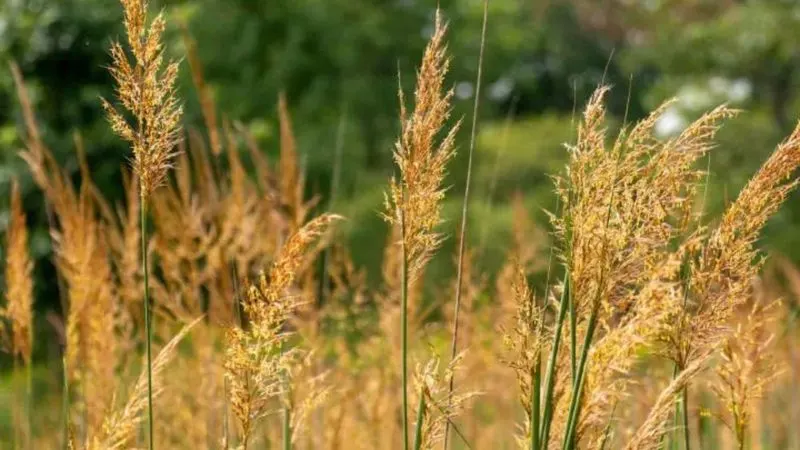
Native grasses are champions of water conservation. Their deep root systems penetrate the soil, accessing moisture even during droughts.
Imagine a meadow filled with native grasses, rustling softly in the wind, their roots working tirelessly to nurture the earth. These grasses are well-adapted to local climates, requiring minimal water.
By planting native grasses, you create a self-sustaining landscape that supports biodiversity while conserving water. It’s a step towards a more resilient garden and ecosystem.
Flamingo Lawn Ornaments
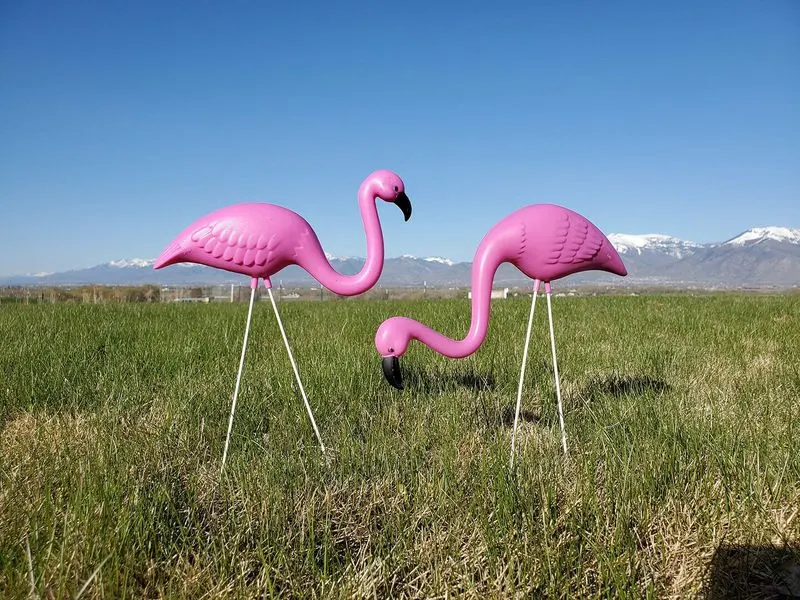
Who would have thought? Those kitschy plastic flamingos you’ve seen gracing lawns are not just for show. These vibrant pink birds can actually play a role in conserving soil moisture. As they stand proudly in gardens, their presence can slightly shade the ground, reducing evaporation.
While they won’t replace your regular watering routine, flamingo lawn ornaments can add a touch of humor and nostalgia to your garden while subtly helping to keep your soil from drying out too quickly.
So next time you spot these cheerful creatures, remember they might just be doing more than looking fabulous.

